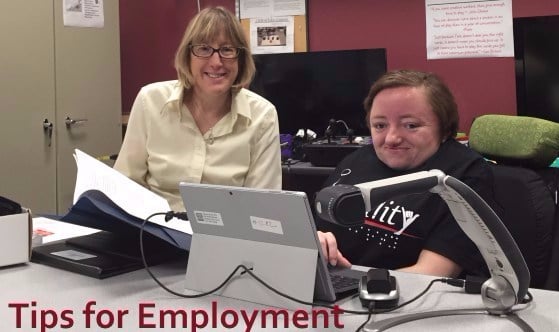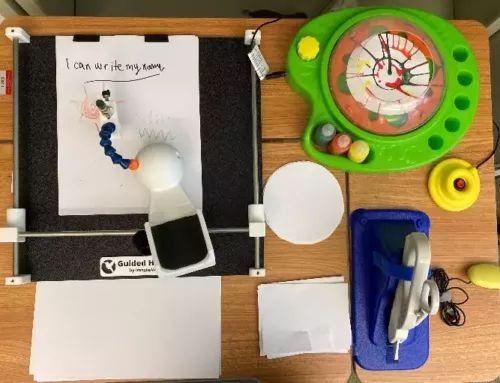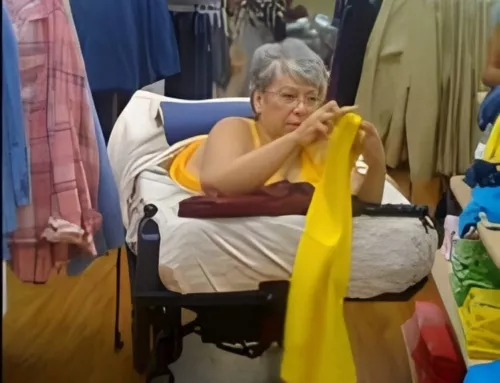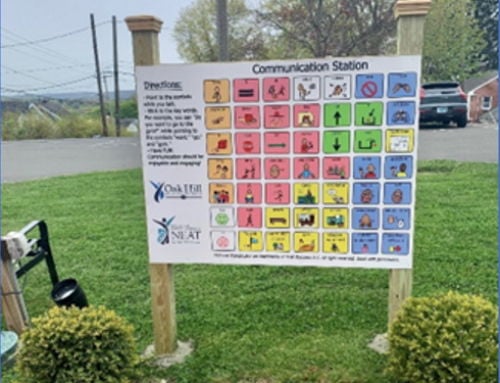Arizona Helps Toddlers Get Up and Go!
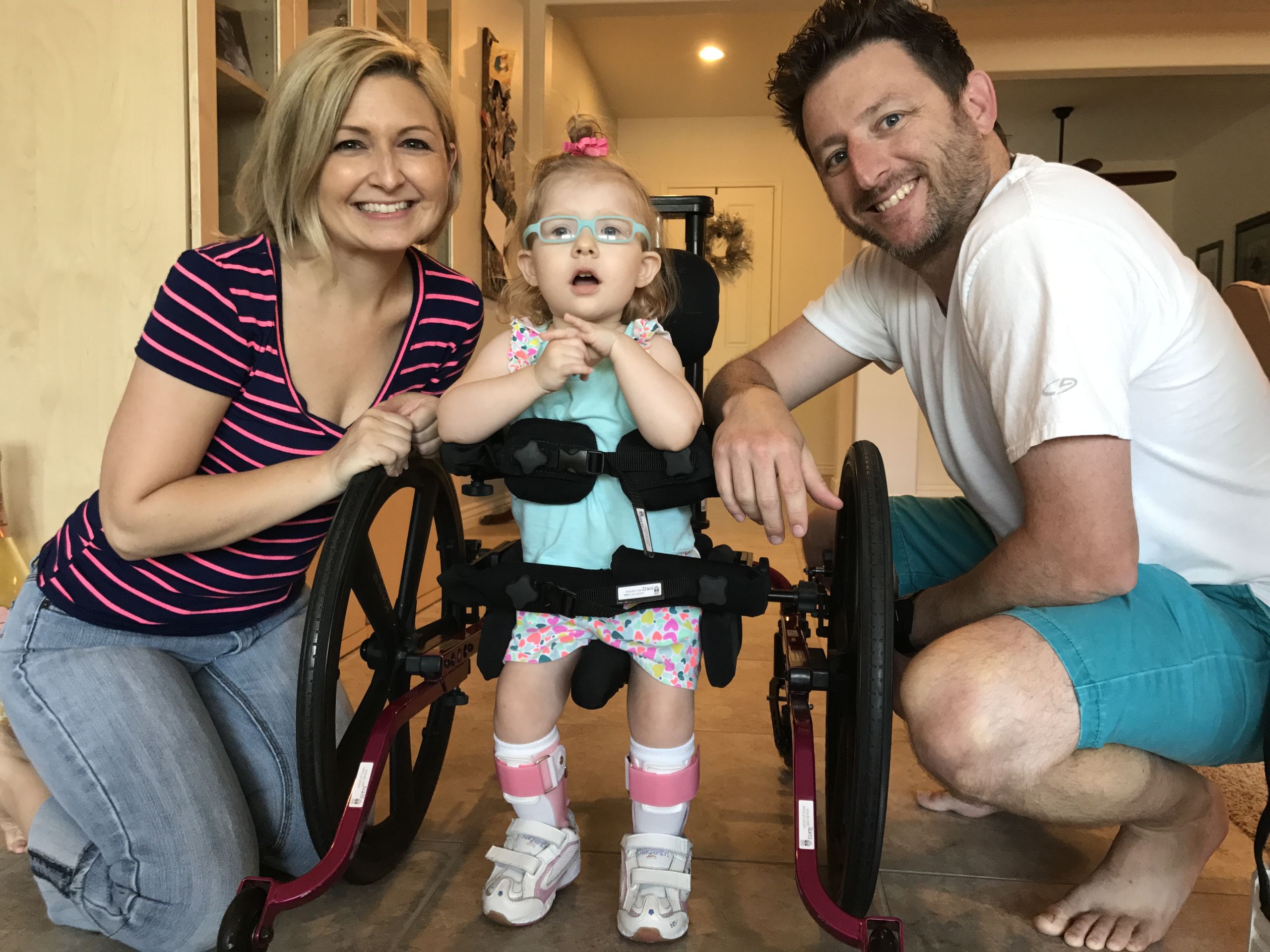
In Arizona, very young children with disabilities have a new way to get upright, social and active. This fall, AzTAP (Arizona’s state AT program) launched the Up and Go Early Pediatric Mobility Project with funding from the Christopher and Dana Reeve Foundation. Up and Go is a partnership with several AZ Early Intervention agencies to loan specialized mobility equipment to families and their physical therapists and provide training in its use. The goal is to ignite the motor, cognitive and social development of youngsters as they explore and participate in the world around them.

Two mobility solutions for toddlers: a fabricated scooter controlled by a wobble switch and a KidWalk gait trainer mounted with a HeadPod support.
Early Intervention agencies provide services to babies and toddlers–ages birth to 3–who have developmental delay and/or disabilities. Unfortunately, pediatric mobility is a service area that is often overlooked. Physical therapists seldom know about or have access to early mobility equipment or the necessary training. As a result, very young children with gross motor or multiple disabilities have fewer opportunities to explore their environments, get into trouble, and problem-solve their predicaments!
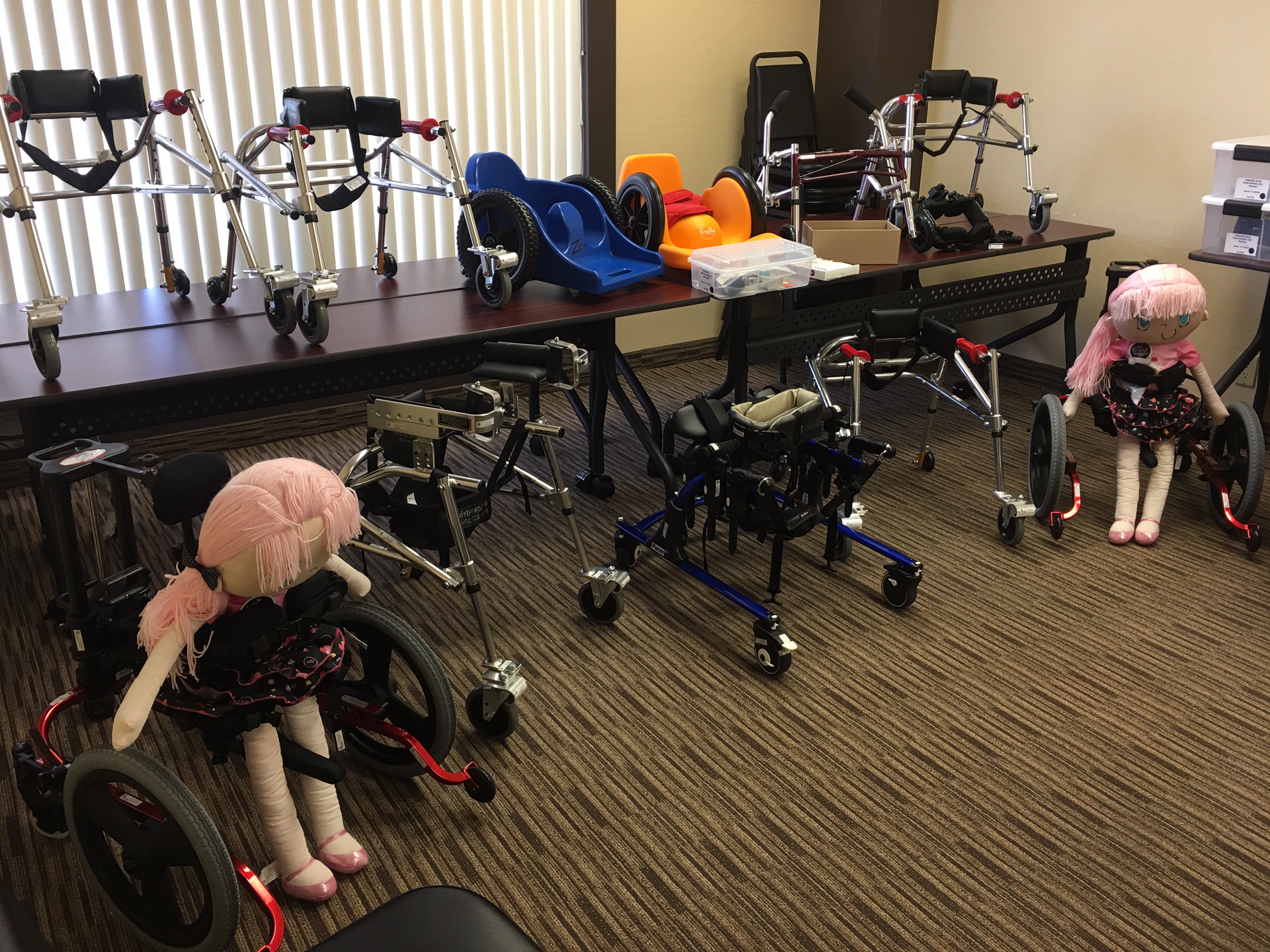
Up and Go Pediatric Mobility equipment includes Kaye Walkers, Rifton Gait Trainers, KidWalk Systems, Scooots, and Upsees (not shown).
The impact is measurable. According to Gayle Wiens, PT, “Research shows that kids with Spina Bifida who crawl late have spatial-relation deficits that persist into adulthood. If we want children to reach their full potential, giving access to early mobility is essential.”
Wiens is the founding therapist of the ADAPT Shop in Arizona, and a specialist in early mobility and assistive technology. She’s consulting with AzTAP to design Up and Go, and provide trainings to its new Early Intervention partner agencies. These include UCP of Central Arizona, ACT Early Intervention (serving Greater Phoenix), Child and Family Resources (serving Tucson and Yuma), The Institute for Human Development at Northern Arizona University (Flagstaff) and Growing in Beauty (the Navajo Nation’s EI program in northern AZ).
“The therapists are so excited,” she says. “They’re so grateful to have equipment in their town that they can use with children on their caseload. Before this project, most of the EI programs had no mobility equipment at all at their agency. Some had never seen kids use the equipment provided, nevermind be successful with it. Most of the therapists I’ve trained say they have a particular child in mind for one or more pieces of equipment.”

A recent Up and Go Pediatric Mobility training
To date, 41 therapists have been trained in northern, western and central Arizona. AzTAP’s director, Jill Pleasant, reports the equipment is now at each agency and families are borrowing devices. “We are hoping to see that when the kids have access to mobility equipment and better postural alignment they become more active, pay better attention to what’s going on around them, have more language and are more social. We’re anticipating seeing functional outcomes in other developmental domains in addition to improved mobility.”
It may sound like a tall order for a four-week equipment loan, but Wiens has decades of experience observing what happens when toddlers get these supports implemented with strategies to build their strength and encourage development. She says there are ways for children with any disability to get moving and the impact is often quick and inspiring.
An example she shares is a toddler who has multiple disabilities and could crawl on her own but not stand or walk. Wiens moved the forearm supports of a pediatric walker to fit closely to the little girl’s body. “When she tried the walker, she wanted to walk and walk and walk! We ordered the walker for her and she will enter preschool walking instead of crawling.”

A strategy Wiens uses for children with the most significant disabilities is to design switch-controlled scooters customized to their needs. Up and Go is working with a software engineer to create five scooters as prototypes. The scooters are purposely underpowered so children can make mistakes and correct them on their own, encouraging problem-solving. The lower power also allows them to be used indoors, which is critical in Arizona where 6 months out of the year it may be too hot or, for children with cortical vision impairment, too bright.
The scooters use a car seat (or a smaller reclining booster seat) mounted to a motorized wheeled platform and equip drivers with switches for power and direction. Switches and their positioning are carefully considered for each child. “Toddlers learn to move towards what they want which allows them to explore their environment,” she emphasizes, “which is absolutely imperative for brain development.”

An Up and Go Scooter
Up and Go devices may also alter how a child is perceived by others. It’s a benefit that goes beyond mobility and may be equally consequential for a child’s development and sense of self.
Pleasant recalls that when she first saw a photo of a young child she knows in a KidWalk, “What struck me was here was this little girl who, without the device, really looks like a child with a lot of disabilities. But here she was upright and looking cool and cute with her parents so happy.” It’s easy to see why mobility contributes to social gains and language development, she says.
Wiens agrees. “People have higher expectations for children who are walking, even with an assistive device.”
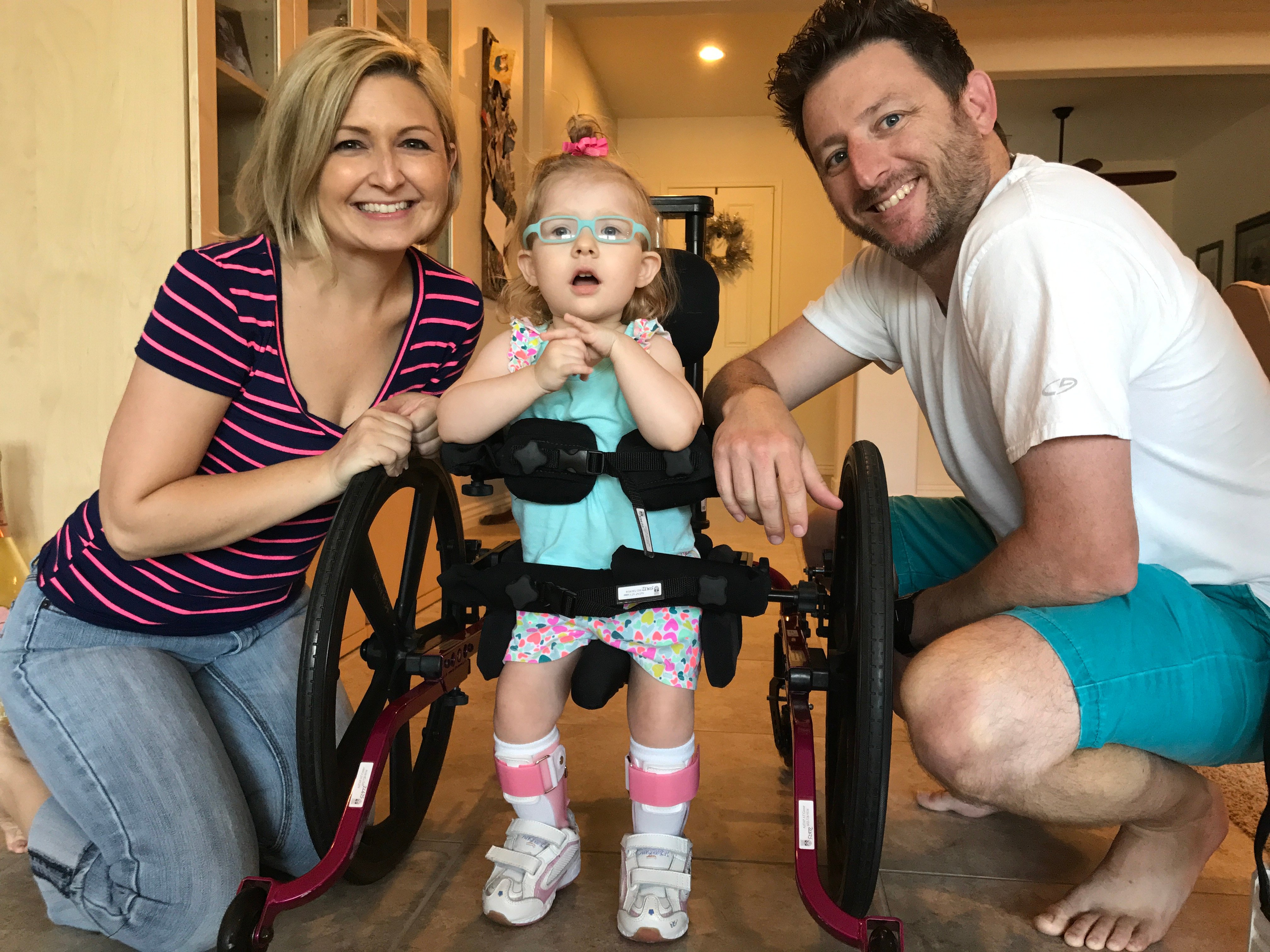
For Pleasant, the project is an opportunity for parents and therapists to use their device loan periods to document a child’s progress and then apply to insurance for their own equipment. “This is the big hurdle,” she notes. “Insurance providers require this documentation before they will consider paying the five or six thousand dollars that may be necessary.” Physical therapists can write letters justifying the purchase or provide a video demonstrating the difference the device has made. “There’s also the AT financial loan program that families can apply to, should they need to purchase it themselves.”
For Wiens, Up and Go is exciting because therapists are learning ways to use and adapt equipment rarely considered with toddlers. “I’ve had children transition from modified pediatric walkers to traditional walkers as they grow stronger. But people often aren’t trying walkers with children with significant challenges.” She views the project as a potential launching point for research she’d like to do to help carry her message. “I’ve thought a lot about pediatric mobility. The challenge is getting these strategies out there.”
Learn more about AzTAP’s Up and Go Pediatric Mobility Project
Find your State AT Program to learn your AT funding and financing options
Monthly Blog Digest
Search the blog
State AT Program Blogs
California
Florida
Indiana
Kentucky
Louisiana
Maryland
Massachusetts
Michigan
Montana
North Carolina
North Dakota
Utah
State AT Program Blogs
The AT3 Center, the Association of AT Act Programs (ATAP), and the Administration on Community Living (ACL) make no endorsement, representation, or warranty expressed or implied for any product, device, or information set forth in this blog. The AT3 Center, ATAP, and ACL have not examined, reviewed, or tested any product or device hereto referred.

